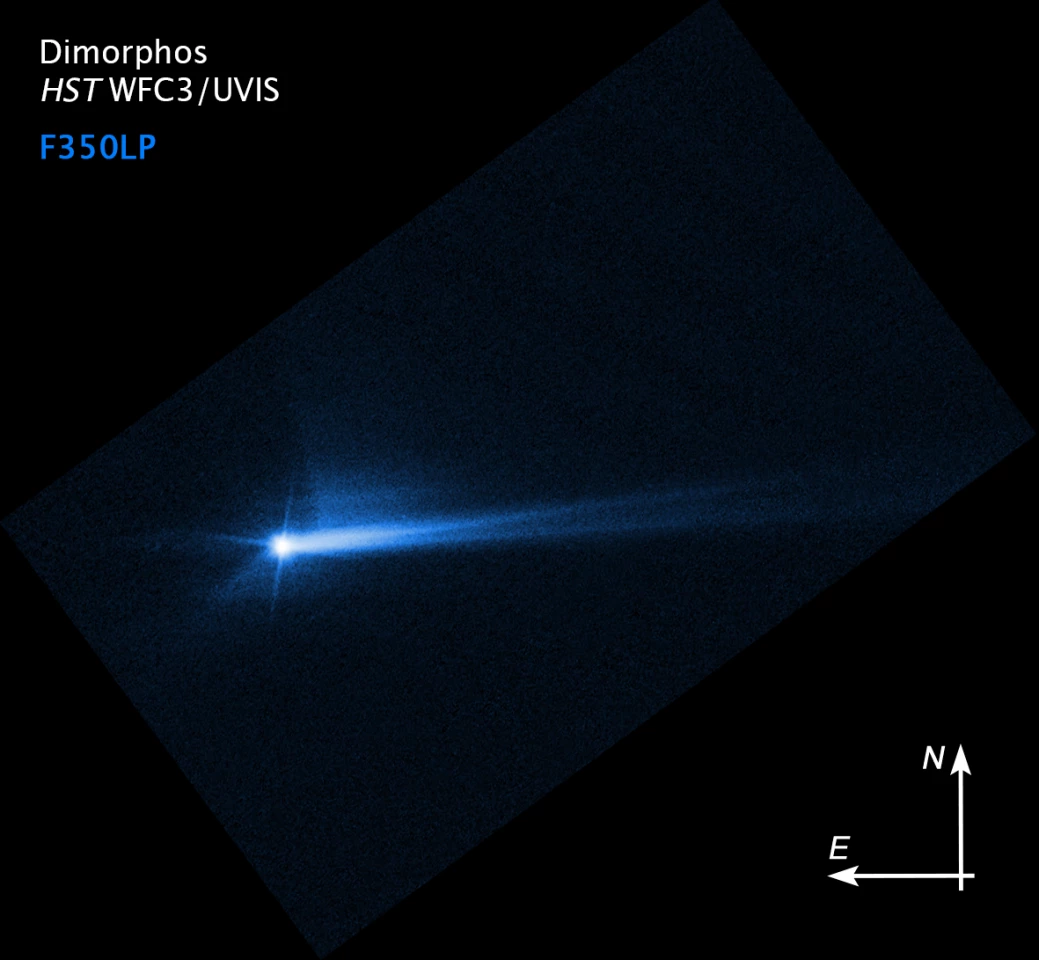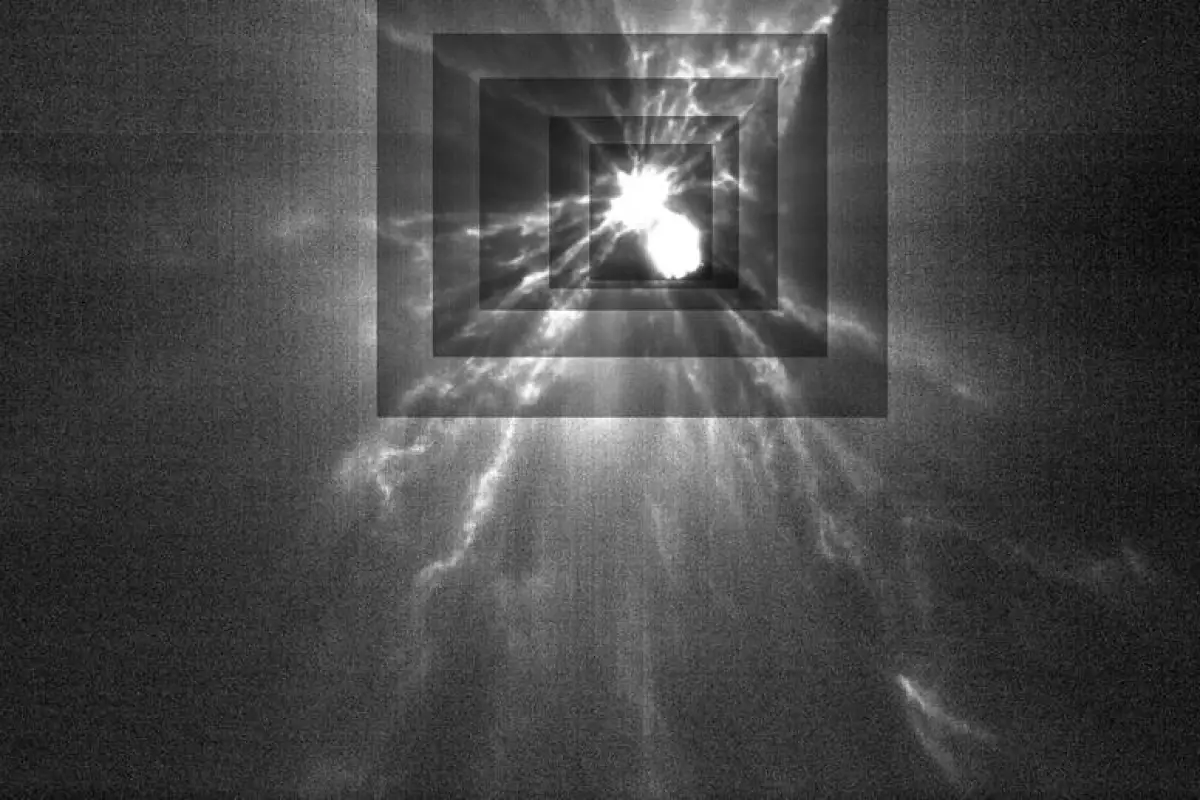Last month, NASA purposely crashed a spacecraft into an asteroid in an attempt to knock it off course, and the results are now in. Scientists have analyzed telescope data of the historic impact and confirmed the path of Dimorphos was successfully altered as a result, shortening its orbit by 32 minutes.
NASA’s Double Asteroid Redirection Test (DART) mission launched last November and saw a probe smack into the asteroid Dimorphos on September 26 after a 10-month journey. Dimorphos is part of a binary asteroid system and circles its parent asteroid, Didymos, previously with an orbital period of 11 hours and 55 minutes.
By crashing the DART spacecraft into Dimorphos head on at around 14,000 mph (22,530-km/h), the plan was to shorten this orbit by several minutes, with anything more than 73 seconds to be deemed a success. In doing so, the DART mission would demonstrate a new planetary defense method that could one day enable us to bounce an incoming asteroid away from Earth.
Telescopes all over the Earth were trained on the Didymos system as DART zeroed in, and have continued to track the path of Dimorphos following the impact. These measurements have now confirmed the new orbital path around Didymos is now 11 hours and 23 minutes, meaning the DART impact shortened the orbit by an impressive 32 minutes.

“This result is one important step toward understanding the full effect of DART’s impact with its target asteroid,” said Lori Glaze, director of NASA’s Planetary Science Division at NASA Headquarters in Washington. “As new data come in each day, astronomers will be able to better assess whether, and how, a mission like DART could be used in the future to help protect Earth from a collision with an asteroid if we ever discover one headed our way.”
Confirming the new orbit is a noteworthy milestone for the DART mission, but the investigations team is not done yet. Scientists are also looking at how the debris kicked up by the impact impacted on the transfer of momentum from the spacecraft to Dimorphos. This involves further analysis of the ejecta and the characteristics of the asteroid itself, with scientists to leverage images of the impact and data from the nearby LICIACube spacecraft. The European Space Agency’s Hera mission, scheduled to launch in 2024, will also study the impact site from up close.
“DART has given us some fascinating data about both asteroid properties and the effectiveness of a kinetic impactor as a planetary defense technology,” said Nancy Chabot, the DART coordination lead from the Johns Hopkins Applied Physics Laboratory. “The DART team is continuing to work on this rich dataset to fully understand this first planetary defense test of asteroid deflection.”
Source: NASA





